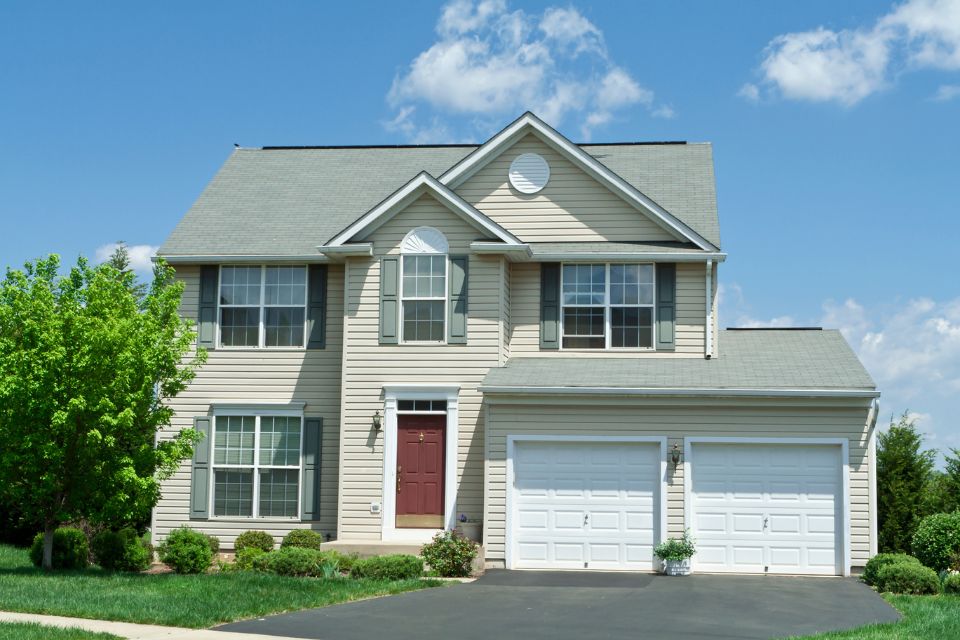Typically, a single-family rental is a free-standing property made to accommodate one family. In comparison, multi-family rentals contain multiple units, such as duplexes or triplexes. Many real estate investors find multi-family rental units increasingly popular due to their potential to make the investor more income, but that doesn’t mean they’re for everybody. To help you choose your next investment, here are the pros and cons of single versus multi-family rental units.
The Pros and Cons of Single Family-Units
If your property is near parks, amenities, and is in a generally safe area, families are more likely to rent out your property. When families move into a home, they typically plan to stay there for many years to raise their children, meaning, in terms of income, single-family units have the best chance of providing consistent, long-term income. And because of this, single-family units are much easier to sell, likely for more than you originally paid.
However, when you own a single-family unit, your success relies on that one tenant. A large percentage of money depends on your tenant being responsible, meaning vacancy results in a total loss. To combat this, you may want to start marketing your property as soon as your tenant notifies you that they’re planning to move. This way, you can close the tenant vacancy gap as quickly as possible. And unfortunately, if you don’t know how to properly evaluate a single-family property, families may not want to stay. Investing in a single-family unit in a non-family-friendly location means you won’t get that long-term income you want.
The Pros and Cons of Multi-Family Units
Multi-family units have the potential to make you a lot of money. This is because, over time, multi-family properties are more likely to appreciate. While this may be a slow process, it will increase over the years, meaning that your re-sale price will be much higher than your original purchase price. And, unlike single-family rental units, you’re not reliant on one tenant. While the initial investment and upkeep cost is high, you’re much more likely to get a stable income.
The biggest con of investing in multi-family units is that they are costly to maintain. Property taxes and insurance are higher, and the property is more difficult to sell. Additionally, multi-family rental units have a much higher tenant-turnover rate, so you will need to market your property consistently. Because of this, you may want to consider working with a property manager, which will cost more money.
Which One Is Right for You as an Investor?
Ultimately, the type of property you invest in depends on how much money and time you’re willing to spend and your overall goals. Single-family units work best for investors who don’t have much money to put down and need something long-term. Multi-family units are better for experienced real estate investors with the capital to spend and are more familiar with the risks and benefits.
Hopefully, now that you know the pros and cons of single versus multi-family rental units, you’re better equipped to make the right investment decision.

